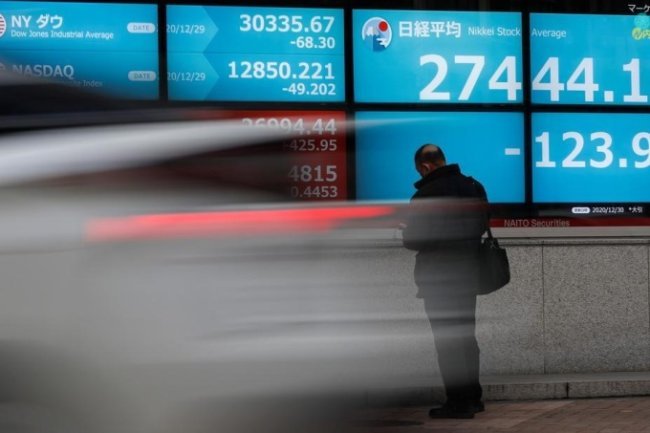Indian Bond Yields Climb as US Treasury Rates Soar Amid Caution and Market Uncertainty
Indian bond yields surged to a two-month high as US Treasury rates climbed amid cautious market sentiment. With higher deficits expected under potential US political shifts, experts foresee limited downward movement in Indian bond yields as inflation concerns remain central to RBI’s policy stance.

Indian Bond Yields Climb as US Treasury Rates Soar Amid Caution and Market Uncertainty
Indian government bond yields closed at a two-month high on Monday, mirroring a rise in US Treasury yields. The benchmark 10-year yield ended at 6.8660%, up from the previous close of 6.8495%, marking its highest level since early September. The yield spike reflects cautious sentiment amid rising US Treasury rates, which are influenced by investor concerns over interest rate adjustments and geopolitical uncertainties.
In Asian trading hours, US Treasury yields rose further after Friday’s increase, fueled by market anticipation for upcoming economic data and its implications on the Federal Reserve’s rate policy. The ongoing US presidential election campaign, with increased odds favoring a Republican win, has also impacted yields. According to betting markets, there is growing support for Donald Trump’s potential return as president, along with a Republican Senate and House majority, which is anticipated to drive higher deficits and inflation.
In light of these expectations, A Prasanna, head of research at ICICI Securities Primary Dealership, noted that a Trump presidency would likely lead to larger deficits and inflation pressures, impacting the US rate cut forecast. This would limit the scope for Indian bond yields to decrease further, given the corresponding upward pressure on rates.
As the 10-year US yield surpassed the significant 4.25% threshold, it reached its highest level in over three months, impacting global bond markets. Meanwhile, oil prices showed a decline after Israel’s strike on Iran did not disrupt energy supplies, reducing some geopolitical tension. However, India’s crude import dependence means these price changes continue to influence the nation’s retail inflation.
The Reserve Bank of India (RBI) remains cautious in its approach, targeting a 4% inflation rate. The RBI has indicated that India cannot afford another inflation surge, and thus, the Monetary Policy Committee is expected to approach any rate cuts cautiously.
Click Here to Visit
What's Your Reaction?
















